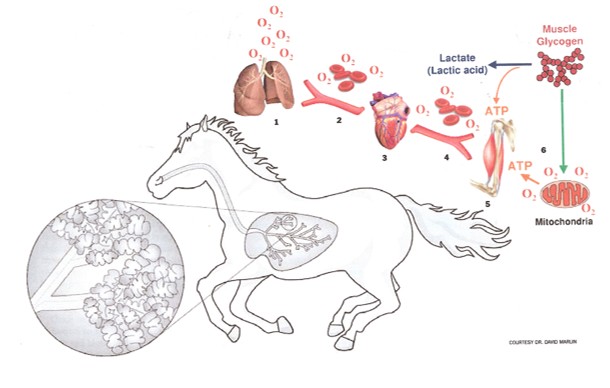

This continued for a couple of weeks of walk/run and was quite frustrating. I needed to be really self-disciplined at this point and I decided not to give up and to plough on regardless. I was only able to run for a short distance before my heart rate would jump up to around 180. I had been warned that you need a lot of patience at first and this was indeed the case. So I tried to train at this new low heart rate. Also there was a further modification: if you get more than two colds a year (showing your immune system was under stress) you should take off another 5 so that made 120. I was 55 at the time so it was 180 - 55 = 125. You do all your training runs at this heart rate. The formula Maffetone came up with was 180 minus your age.

So after much research he came up with a form of low heart rate training which improved aerobic function without overtraining. Maffetone had discovered that many athletes were very fit but at the same time unhealthy owing to overtraining. Triathletes often overtrain because of the volume of training they have to do. I felt no strain while running but on reflection I realised I would often feel tired during the day and would regularly get colds and flu-like symptoms.Īround this time I discovered Phil Maffetone, a running coach who had trained the famous triathlete Mark Allen (six time winner of the Hawaii Ironman) and was one of the pioneers of low heart rate training. I was shocked to find my heart rate was around 180 on even my easy runs. One of my friends bought a heart rate monitor and I tried it out on one of my daily training runs. I discovered low heart rate training a few years ago.



 0 kommentar(er)
0 kommentar(er)
